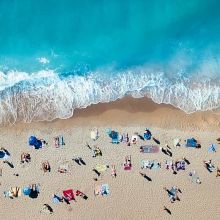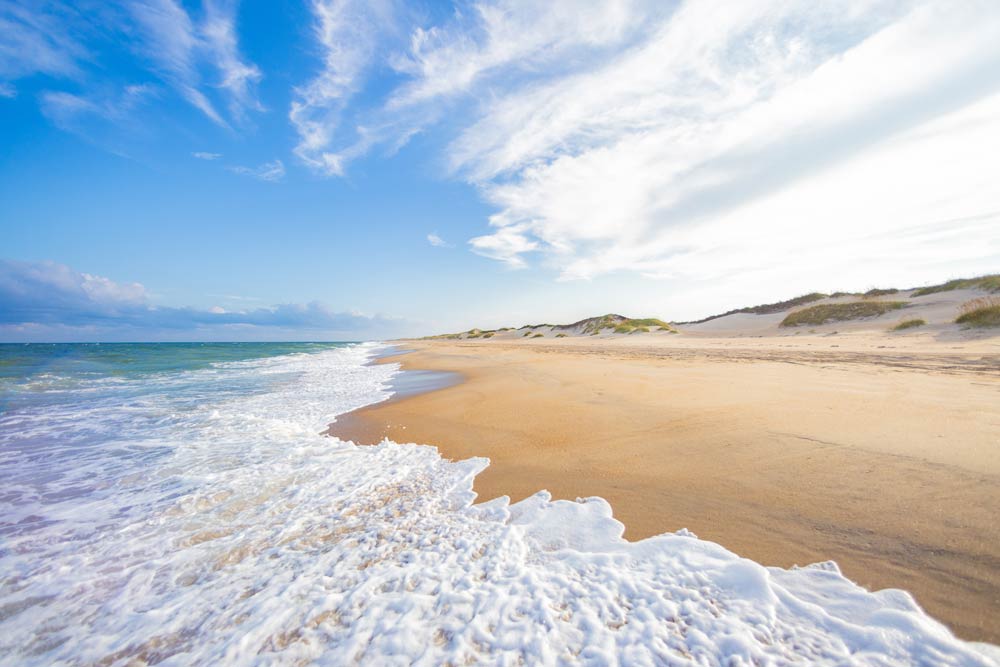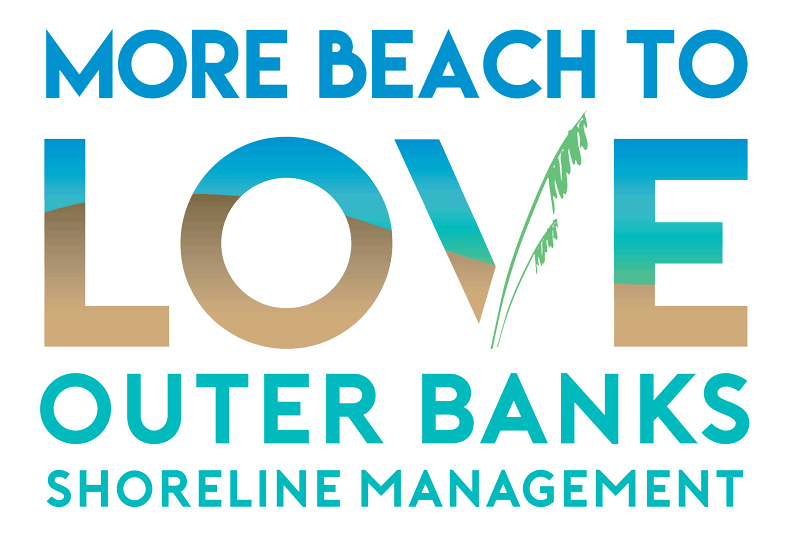
Those of you who live here or are seasoned visitors know that these barrier islands, while being so beautiful, are truly very fragile. There are places on the Outer Banks that are less than a mile across from sound to ocean. And unfortunately, due to storms, erosion and ocean overwash, many beaches are narrower than they were a decade ago.
This situation puts roadways – such as N.C. Highway 12 – and structures at risk, so beach nourishment is an effective way to mitigate the problems that are caused by the eroding shoreline. Not only does widening the beach help protect Dare County’s critical coastal infrastructure from overwash and erosion, but it also helps to ensure that roadways remain open and accessible for everyone from residents and visitors going about their daily business to first responders performing emergency assistance and crews providing essential services such as medical care and trash collection.
Plus, that wider beach provides a bigger buffer between the Atlantic Ocean and the thousands of oceanfront homes that residents and visitors depend on as either their year-round home or their dream vacation spot, and it also creates a wider and prettier beach for everyone to enjoy.
This summer, beginning in June and scheduled to be completed in September, many of the beaches along the Outer Banks – from the towns of Duck, Southern Shores, Kitty Hawk, Kill Devil Hills and Nags Head to the villages of Avon and Buxton on Hatteras Island – will be widened as beach nourishment projects are completed. The amount of time it will take to complete each individual project varies from 20 days to 60 days or more depending upon the scope of the work as well as a variety of additional factors that can impact the timing of staging and the construction start dates that are currently projected for each area.

Dredging for the upcoming beach nourishment projects throughout Dare County is scheduled to begin in the summer; however, the exact dates that the actual construction will start in specific locations along the Outer Banks will vary, according to Dorothy Hester, public information officer for Dare County.
“Once the contractors have determined the exact dates and locations where dredging will take place and the shoreline will be nourished, that information, as well as progress updates, will be communicated to the public on www.MoreBeachToLove.com,” says Hester. “It’s also important to note that these schedules are subject to change due to inclement weather, sea conditions, equipment maintenance or repairs and dredge refueling needs.”
What does beach nourishment mean to you and the stretch of beach you may call home either permanently or for a week? Since Dare County and the towns are now quite familiar with this type of work, and since beach nourishment has been done before, the amount of disruption you will experience should only last a few days, and even then it won’t be completely intrusive.
Typically, 1,000 feet of oceanfront are tackled at a time, so you will see earth-moving equipment on the beach and the dredge far off the shoreline during that time. But the pipelines will have sand ramps over them, making it safe and easy to move slightly north or south along the beach.
One frequently asked question is where all of the sand that is used to widen the beach comes from. During beach nourishment, you’ll notice the offshore dredge that pumps sand from an offshore borrow site located along the ocean floor onto the existing shoreline in order to widen it.

Another common question concerns measures to protect sea turtles and their nests. Constant monitoring from the beach as well as from the dredge is performed to reduce threats during dredging.
All in all, while we might wish that beach nourishment wasn’t a necessary thing for “our” oceanfront, the truth is that without this beach-saving action, our Outer Banks experience might be vastly impacted.
For detailed information on every aspect of 2022’s beach nourishment schedule, as well as a slew of informative FAQs, go to MoreBeachToLove.com.



 Beth Storie first came to the Outer Banks for the summer of 1976. She fell in love with the area and returned for good three years later. She and her husband published the national guidebook series, The Insiders' Guides, for more than 20 years and now are building OneBoat guides into another national brand. After spending time in many dozens of cities around the country, she absolutely believes that her hometown of Manteo is the best place on earth, especially when her two children, six cats and one dog are there too.
Beth Storie first came to the Outer Banks for the summer of 1976. She fell in love with the area and returned for good three years later. She and her husband published the national guidebook series, The Insiders' Guides, for more than 20 years and now are building OneBoat guides into another national brand. After spending time in many dozens of cities around the country, she absolutely believes that her hometown of Manteo is the best place on earth, especially when her two children, six cats and one dog are there too.




